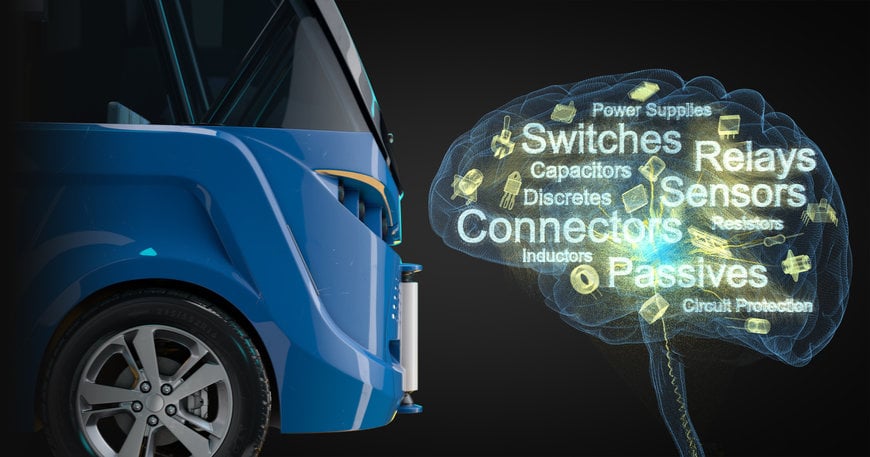electronics-journal.com
12
'21
Written on Modified on
Antenna Choice Critical to Performance of Advanced Driver Assistance Schemes
Making the right choice of antenna is critical to ensuring the consistent performance of the advanced driver assistance systems (ADAS) and telematics systems that are being introduced to cars, trucks and vans.

This is why TTI, Inc., a leading specialty distributor of electronic components, has now published a White Paper on “Selecting antennas for ADAS and telematic applications”.
According to author Edoardo Genovese, Technical Development Manager RF – Europe at TTI, the performance of these sophisticated systems can be compromised if a poor choice of antenna limits the accuracy of positioning data derived from GNSS systems. Similarly, a poor antenna choice may not ensure the continuous connectivity that will be necessary to enable vehicle-to-vehicle and vehicle-to-infrastructure communications for next-generation vehicle autonomy and traffic-management schemes.
“Specifying antennas may seem straightforward, but a poor choice can really reduce the quality of data with which ADAS and telematics systems are working, limiting their efficacy and calling into question the return that vehicle owners can expect from opting for these advanced systems in their vehicle purchases,” said Genovese. “A poor antenna choice can also undermine the effectiveness of telematics schemes such as commercial vehicle tracking, route planning, and driver performance monitoring applications.”
To help designers choose more effective antennas, the White Paper explains basic antenna parameters and principles including antenna types, the relationship between signal frequency, wavelength and antenna dimensions, and the importance of effective impedance matching to ensure the most efficient transfer of RF energy from a transmitter or into a receiver.
Other design issues that are discussed in the White Paper include the importance of understanding antenna gain and radiation patterns, particularly in the context of mobile applications. There’s also a section on how to check the efficacy of an antenna by measuring its return loss and voltage standing wave ratio, and on measuring antenna impedance.
The White Paper concludes with a look at some of the most common types of antenna suitable for use in ADAS and similar applications, including internal and embedded antennas, as well as external antennas and the placement options for them. There is also a discussion about issues to consider when integrating antennas into your design, and especially the effective use of matching networks.
The White Paper “Selecting antennas for ADAS and telematic applications” is available for download here: https://servedby.flashtalking.com/click/1/145531;5986231;369307;211;0/?ft_width=1&ft_height=1&gdpr=${GDPR}&gdpr_consent=${GDPR_CONSENT_78}&us_privacy=${US_PRIVACY}&url=32031492
www.tti.com

